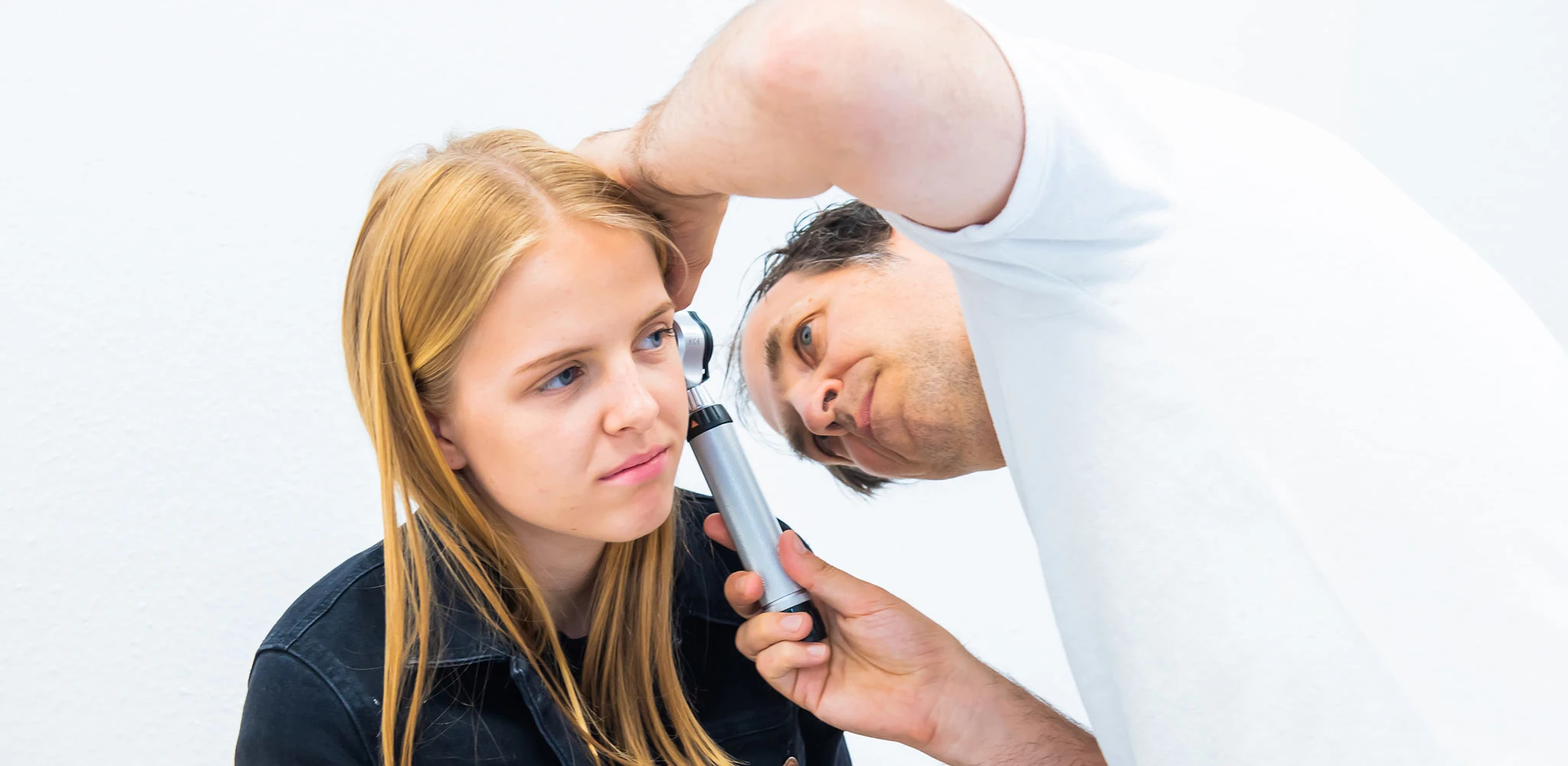Hairy problems in the paediatric practice
Everyone wants to have beautiful hair. And the topic is by no means just one for the hairdressing salon - but also for the paediatrician's practice. There are various hair problems in children and adolescents. A quick run-through:
Hair loss: By far the most common situation is for young people to come to us and say that they are losing so much hair and that there are sometimes whole tufts in the brush. The first thing to explain is that it is quite normal to lose up to 100 hairs a day. And that's all most people actually lose. Therefore, if everything else is okay and you look okay, i.e. there are no holes in your hairstyle, you can stay relaxed. The fact that sometimes more and sometimes less hair falls out is a completely normal process. That's why, in my experience, it's not worth looking for a deficiency in the blood or taking any expensive preparations, because the fluctuations are a normal process. You have to advise young people and then, fortunately, it's usually fine.
Fungus: It is more difficult if a fungus has formed on the head, for example. This can usually be recognised by the fact that the scalp becomes red, itchy and often a little flaky. Hair can then fall out in this area and you should definitely have this checked out by a doctor.
Alopecia areata: By far the most problematic hair problem is alopecia areata, i.e. circular hair loss. The scalp looks relatively normal, but the hair starts to fall out in large circles and bald patches appear. This can go so far that the entire skull becomes bald. As you can imagine, this is a very unfortunate and very stressful story for children and adolescents. The good news: in a good third of cases, the spook is over after around a year. The bad news is that there is relatively little that can be done about it. There are few clever medications. A lot of diagnostics are always carried out in this case, but there is usually no real trigger. In the worst case, children and adolescents even have to learn that the hair growth will not come back properly. Fortunately, this is rare.
Pulling out hair: There is also the phenomenon of children pulling out their own hair. This is more likely to be seen as a psychological developmental disorder. And if this occurs more frequently in your child, then it would be important to contact the paediatrician's practice.
Further interesting tips
Avoid disease transmission!
I received an interesting question from a mum. Namely: How can you, or to what extent do you have to avoid possible disease transmission to children in everyday life? Note in advance: We are making this generalised here, i.e. independent of coronavirus. Because it's clear that sensitivity to the transmission of infection is extremely high at the moment. But I think the question is generally important and will therefore be answered accordingly.
U6 screening
The U6 screening is the doctor's favourite screening. Because at 10 to 12 months, the children are still cute and baby-cute and not yet so big that they can blow up the whole examination with a violent tantrum (yes, there's all that ...). In other words, the U6 is usually a very pleasant experience. How does it work?
Cough
"Houston, we have a problem," was the emergency call from the Apollo 13 mission. The paediatrician's version needs a question mark. Because coughing doesn't automatically mean you have a problem. On the contrary.
